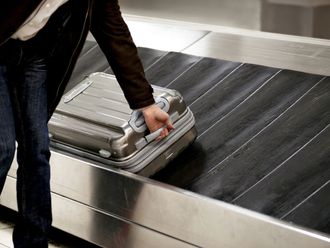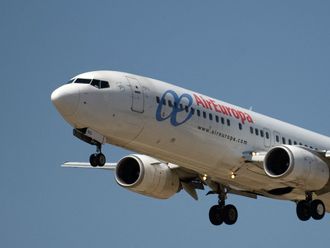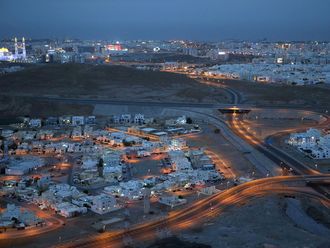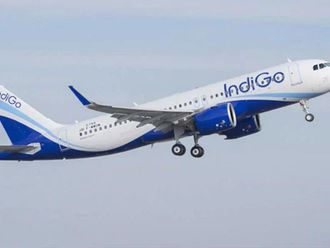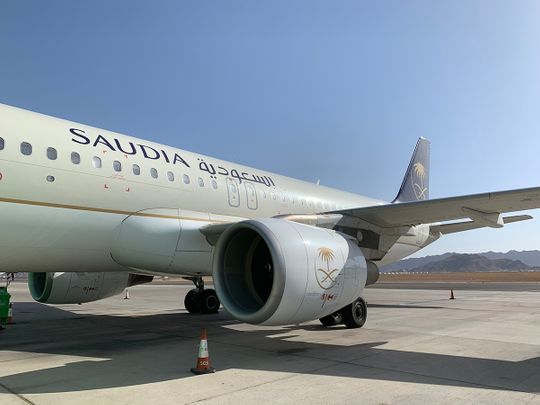
Abha, Saudi Arabia: Saudi Arabia’s General Authority of Civil Aviation (GACA) announced Friday that the Kingdom’s passenger numbers grew 17 per cent during H1 2024, with a record 62 million passengers. Moreover, flight movements increased 12 per cent from January to June 2023 to 446,000. The numbers, according to GACA, are well above pre-pandemic levels.
The Kingdom’s low-cost carriers led passenger growth, recording a 38 per cent growth on international routes and a 22 per cent growth on domestic routes. The Kingdom also recorded a 41 per cent increase in air cargo volumes between January and June, with 606,000 tonnes carried. In addition, Saudi Arabia’s air connectivity expanded to reach 163 destinations, a 23 per cent increase from 2023.
GACA announced these results at the 13th Saudi Aviation Strategy Committee meeting in the Aseer Province, where the Kingdom’s civil aviation leaders reviewed progress on the Saudi Aviation Strategy.
GACA President Abdulaziz Al-Duailej said, “The Kingdom’s continued growth in air traffic performance is a testament to the strategic vision reflected in the Saudi Aviation Strategy, positioning the Kingdom to lead in the Middle East.”
Al-Duailej added, “Saudi Arabia is now more connected to the world than ever before, delivering record numbers of passengers, flights, air cargo and connectivity during the first half of 2024.”
The growth in passenger numbers follows a record-breaking 26 per cent increase in 2023, which brought the total number of passengers last year to 111 million.
“Saudi Arabia is creating unprecedented opportunities for global aviation and the private sector. The Aseer region is a shining example of aviation’s role in enabling tourism and economic growth across the Kingdom, with more than 100 companies bidding to participate in the Abha Airport Public-Private Partnership project to expand capacity from 1.5 million to 13 million passengers,” said Al-Duailej.
Saudi Arabia is investing heavily in aviation and tourism as part of its Vision 2030 strategy, which seeks to diversify its economy away from oil. It aims to increase the aviation sector’s contribution to gross domestic product to 7.8 billion Saudi riyals ($2.08 billion) and create 35,000 jobs by 2030.
The Saudi Aviation Strategy also aims to extend the Kingdom’s connectivity from 99 to more than 250 destinations across 29 airports, triple annual passenger numbers to 220 million, establish two long-haul connecting hubs, and increase air cargo capacity to 4.5 million tonnes.
The sector’s achievements during the second quarter include the 2024 Future Aviation Forum and the world’s first air taxi license granted by GACA during the Hajj in Mecca. It also launched the first operational permit granted to clean buildings using drones and the Kingdom’s unanimous election to the Presidency of the Executive Council of the Arab Civil Aviation Organization.
The meeting also saw the grant of a new economic license to the Ground Service Company for Travel and Tourism Services, which will commence travel agency operations in the Kingdom.


